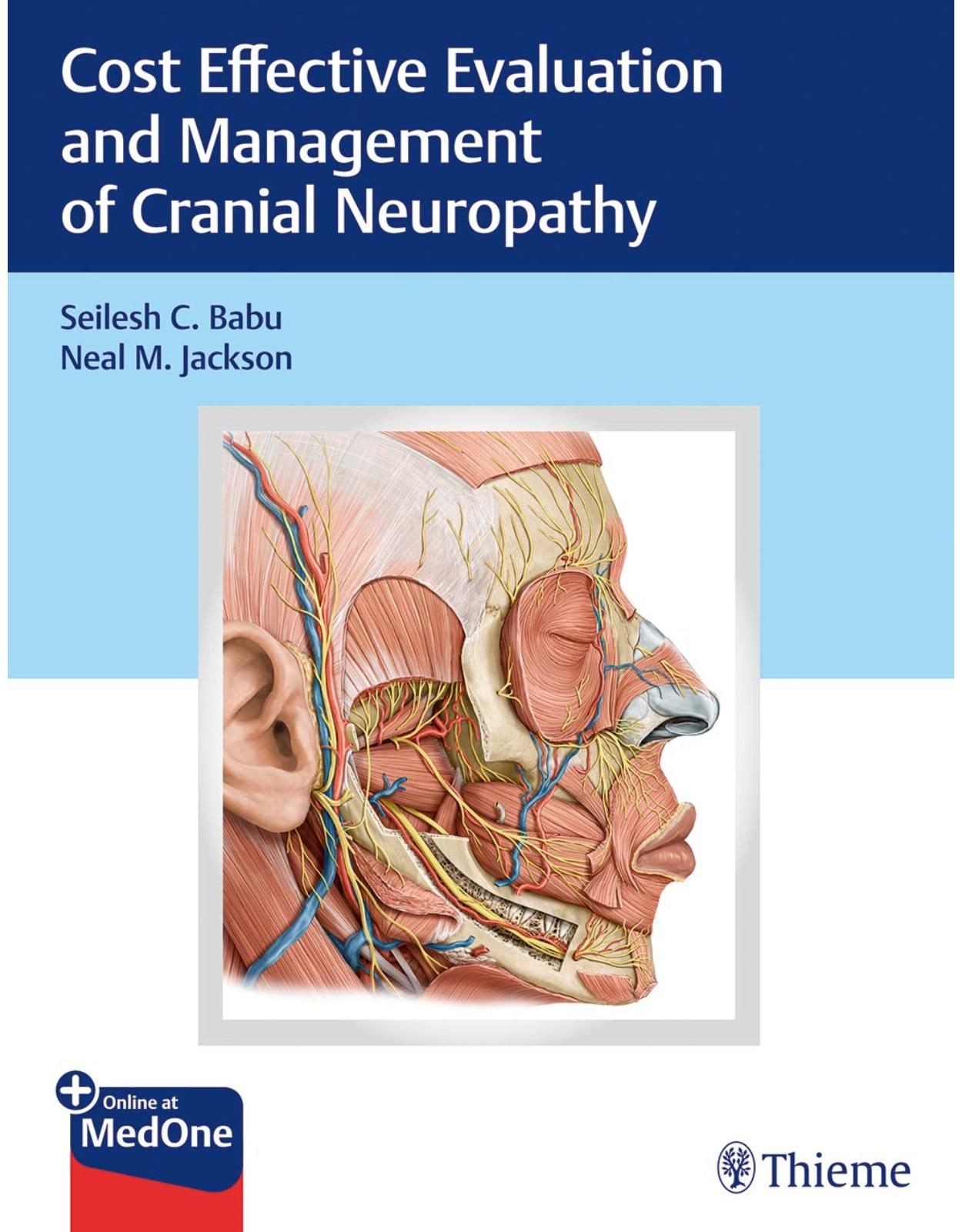
Cost-Effective Evaluation and Management of Cranial Neuropathy
Livrare gratis la comenzi peste 500 RON. Pentru celelalte comenzi livrarea este 20 RON.
Disponibilitate: La comanda in aproximativ 4 saptamani
Autor: Neal Jackson, Seilesh Babu
Editura: Thieme
Limba: Engleza
Nr. pagini: 284
Coperta: Hardcover
Dimensiuni: 27.94 x 21.59 cm
An aparitie: 18 Dec. 2019
Description:
A unique guide to managing cranial neuropathy cost effectively—from diagnosis to treatment!
Cranial neuropathy can be a symptom of a devastating, life-threatening condition or a benign disease with spontaneous full recovery in a majority of patients. While testing options are available, they can be costly and sometimes may be unnecessary. Cost-Effective Evaluation and Management of Cranial Neuropathy by Seilesh C. Babu, Neal M. Jackson, and an impressive team of multidisciplinary contributors reflect decades of experience. Combining evidence-based medicine from the literature with years of firsthand expertise, this reader-friendly book offers cost-effective methodology and in-depth insights for evaluating and managing cranial neuropathy.
The textbook provides a clear-cut approach and practical algorithm for cranial nerve evaluation and management of neuropathy. Contributions from neurotologists, neurosurgeons, rhinologists, ophthalmologists, head and neck cancer surgeons, laryngologists, and speech language pathologists ensure a well-rounded and comprehensive approach. The text begins with an introduction to cost-effective management in medicine, laying a foundation for the book's primary focus. It concludes with cranial neuropathy radiology considerations and a helpful cost-effective summary with key points.
Key Features:
Unique algorithms provide clinicians with simple-to-follow, cost-effective methods for managing complex disorders that result in facial nerve weakness, hearing loss, and swallowing problems
Pathology-specific chapters cover a wide range of conditions including olfactory disorders, vision disorders, audiovestibular disorders, facial and trigeminal nerve disorders, and spinal accessory nerve disorders
Diagnosis and management of cranial nerve disorder symptoms such as vision loss, dysphagia, and dysphonia
This excellent resource is a must have for all clinicians who potentially encounter patients with cranial nerve weakness, including primary care and emergency medicine physicians, otolaryngologists, neurologists, and neurosurgeons.
Additional ISBNs
Table of Contents:
1 Introduction to Cost-Effective Evaluation of Cranial Neuropathy
1.1 Introduction
1.2 Cranial Nerves
1.3 Neuropathy
1.4 The Clinical Challenge of Cranial Neuropathy
1.5 An Increased Interest in Cost-Effectiveness
1.6 Cost-Effectiveness in Cranial Neuropathy
2 Cranial Nerve I: Olfactory Nerve Disorders
2.1 Introduction
2.2 Epidemiology
2.3 Anatomy and Physiology of Olfaction
2.4 Diagnostic Evaluation
2.4.1 History of Present Illness
2.4.2 Physical Examination Findings
2.4.3 Olfactory Testing
2.4.4 Diagnostic Imaging
2.5 Cost-Effective Evaluation of Olfactory Dysfunction
2.5.1 Olfactory Testing
2.5.2 Diagnostic Imaging Cost-Effectiveness
2.6 Management
2.6.1 Post-Viral Olfactory Dysfunction
2.6.2 Sinonasal Disease
2.6.3 Trauma
2.6.4 Neurodegenerative Conditions
2.6.5 Smell Training
2.7 Conclusion
3 Cranial Nerve II: Visual Disorders
3.1 Initial Evaluation and General Considerations
3.1.1 History
3.1.2 Physical Examination
3.1.3 Indications for Urgent Referral and Diagnostic Testing
3.2 Vascular
3.2.1 Anterior Ischemic Optic Neuropathy
3.2.2 Posterior Ischemic Optic Neuropathy
3.2.3 Hypertensive Retinopathy
3.2.4 Diabetic Papillitis
3.3 Infectious
3.3.1 Infectious Neuroretinitis
3.4 Compressive/Neoplastic
3.4.1 Compressive Optic Neuropathy
3.4.2 Infiltrative Optic Neuropathy
3.5 Degenerative
3.5.1 Glaucoma
3.6 Inflammatory/Autoimmune
3.6.1 Optic Neuritis
3.6.2 Sarcoidosis
3.6.3 Other
3.7 Hereditary Optic Neuropathy
3.7.1 Dominant (Kjer) Optic Atrophy
3.7.2 Leber Hereditary Optic Neuropathy
3.8 Congenital Optic Disc Abnormalities
3.9 Traumatic
3.9.1 Traumatic Optic Neuropathy
3.10 Metabolic
3.10.1 Toxic Optic Neuropathy and Nutritional Optic Neuropathy
3.11 Idiopathic
3.11.1 Idiopathic Intracranial Hypertension (Pseudotumor Cerebri)
3.12 Conclusion
4 Cranial Nerves III, IV, VI: Ocular Motor Cranial Nerve Disorders
4.1 General Considerations
4.1.1 Diplopia
4.1.2 Cranial Nerve III, IV, and VI Palsy
4.2 Vascular
4.2.1 Stroke
4.2.2 Aneurysm
4.2.3 Cavernous Sinus Fistula
4.3 Infectious
4.3.1 Herpes Zoster, Syphilis, Lyme Disease, and HIV
4.4 Neoplastic
4.4.1 Leptomeningeal Carcinomatous
4.4.2 Other Tumors
4.5 Inflammatory/Autoimmune
4.5.1 Thyroid Eye Disease
4.5.2 Myasthenia Gravis
4.5.3 Miller Fisher’s Syndrome
4.5.4 Tolosa–Hunt Syndrome
4.5.5 Demyelinating Disease: MS-Related INO
4.5.6 Vasculitides
4.6 Congenital
4.6.1 Congenital Fourth Nerve Palsy
4.6.2 Brown Syndrome
4.6.3 CPEO and KSS
4.7 Trauma
4.7.1 Trauma-Induced Palsies
4.8 Metabolic/Toxic
4.8.1 Diabetes
4.8.2 Wernicke Encephalopathy
4.8.3 Medication, Toxin, Vitamin Deficiency–Induced Ophthalmoparesis
4.9 Idiopathic
4.9.1 Idiopathic Intracranial Hypertension
4.10 Conclusion
5 Cranial Nerve V: Trigeminal Nerve
5.1 Introduction
5.2 Anatomy
5.3 Clinical Evaluation
5.4 Differential Diagnosis
5.5 Diagnostic Evaluation and Challenges
5.6 Medical Management
5.7 Surgical Management
5.8 Outcomes
5.9 Conclusion
6 Cranial Nerve VII: Facial Nerve Disorders
6.1 Introduction
6.2 Anatomy
6.3 Clinical Assessment
6.4 Peripheral versus Central Lesions
6.5 Diagnostic Studies
6.6 Differential Diagnosis
6.7 Bell’s Palsy
6.7.1 Clinical Features
6.7.2 Electrodiagnostic Studies
6.7.3 Medical Treatment
6.7.4 Surgical Decompression
6.7.5 Bell’s Palsy Clinical Guidelines
6.8 Herpes Zoster Oticus
6.9 Trauma
6.10 Acute Otitis Media
6.11 Chronic Otitis Media
6.12 Lyme Disease
6.13 Facial Nerve Tumors or Neoplasm
6.14 Cost Discussion
6.14.1 Cost-Effective Treatment Algorithm
6.15 Long-Term Sequelae of Facial Paralysis
7 Cranial Nerve VIII: Hearing Disorders
7.1 Introduction
7.2 Hearing Loss
7.2.1 Auditory Anatomy and Physiology
7.2.2 Epidemiology and Economic Impact of Hearing Loss
7.2.3 Clinical Approach of Hearing Loss
7.2.4 History
7.2.5 Physical Examination
7.2.6 Audiological Evaluation
7.2.7 Pure-Tone Audiometry
7.2.8 Speech Audiometry
7.2.9 Acoustic Immittance Testing
7.2.10 Otoacoustic Emissions
7.2.11 Auditory Evoked Potentials
7.2.12 Imaging
7.3 Cost-Effective Clinical Approach to Specific Hearing Loss Disorders
7.3.1 Presbycusis
7.3.2 Asymmetric Sensorineural Hearing Loss
7.3.3 Sudden Sensorineural Hearing Loss
7.3.4 Conductive Hearing Loss
7.3.5 Otitis Media with Effusion
7.3.6 Chronic Otitis Media
7.3.7 Otosclerosis
7.4 Acoustic Neuroma/Vestibular Schwannoma
7.4.1 Diagnosis
7.4.2 Treatment
7.5 Newborn Hearing Evaluation
7.6 Cochlear Implants for Profound Sensorineural Hearing Loss
7.7 Cost–Utility Analysis
7.8 Outcome Measurements
7.9 Unilateral Pediatric Implantation
7.10 Bilateral Pediatric Implantation
7.11 Unilateral Adult Implantation
7.12 Bilateral Adult Implantation
7.13 Conclusion
8 Cranial Nerve VIII: Vestibular Disorders
8.1 Vestibular Anatomy and Physiology
8.2 Overview of Dizziness
8.3 Epidemiology and Economic Impact of Dizziness
8.4 History
8.5 Physical Examination
8.6 Laboratory Testing
8.6.1 Cost-Effectiveness of Laboratory Testing for Peripheral Vestibular Disorders
8.6.2 Videonystagmography/Electronystagmography
8.6.3 Caloric Testing
8.6.4 Gaze Test
8.6.5 Dix–Hallpike Maneuver
8.6.6 Saccades
8.6.7 Positional Test
8.6.8 Smooth Pursuit
8.6.9 Rotary Chair Testing
8.6.10 Video Head Impulse Test
8.6.11 Electrocochleography
8.6.12 Vestibular Evoked Myogenic Potential Testing
8.6.13 Cervical Vestibular Evoked Myogenic Potential
8.6.14 Ocular Vestibular Evoked Myogenic Potential
8.6.15 Computerized Dynamic Posturography
8.6.16 Radiology
8.7 Treatment
8.7.1 Benign Paroxysmal Positional Vertigo
8.7.2 Meniere’s Disease
8.7.3 Vestibular Neuronitis
8.7.4 Labyrinthitis
8.7.5 Vestibular Schwannoma
8.7.6 Perilymph Fistula
8.7.7 Superior Semicircular Canal Dehiscence
8.8 Vestibular Physical Therapy
8.9 Central Vertigo
8.10 Conclusion
9 Cranial Nerves IX, X, XII: Dysphagia
9.1 Normal Swallowing Mechanism
9.2 Initial Workup
9.2.1 Symptoms
9.2.2 History
9.2.3 Examination
9.3 Differential Diagnosis
9.4 Workup
9.4.1 Imaging
9.4.2 Modified Barium Swallow Study
9.4.3 Fiberoptic Endoscopic Evaluation of Swallowing
9.4.4 Imaging of Brain
9.4.5 Imaging Skull Base
9.4.6 Imaging of Neck
9.5 Nonsurgical Treatment
9.5.1 Dysphagia and Voice Therapy
9.6 Surgical Management
9.6.1 Tracheostomy
9.6.2 Passy–Muir Valve
9.6.3 Treatment of the Cricopharyngeus Muscle
9.6.4 Vocal Cord Medialization and Arytenoid Adduction
9.7 Treatment of Velopharyngeal Insufficiency
9.8 Definitive Surgical Treatment
9.8.1 Laryngeal Closure Procedures
9.8.2 Partial Resection of the Cricoid Cartilage
9.8.3 Laryngotracheal Separation
9.8.4 Total Laryngectomy
9.8.5 Laryngeal Stents
9.9 Conclusion
10 Cranial Nerve X: Dysphonia
10.1 Initial Presentation
10.1.1 Symptoms
10.1.2 History
10.1.3 Examination
10.2 Workup
10.2.1 Imaging
10.2.2 Serology
10.2.3 Laryngeal Electromyography
10.2.4 Dysphagia Evaluation
10.3 Treatment
10.3.1 Voice Therapy
10.3.2 Injection Medialization
10.3.3 Laryngeal Framework Surgery
10.3.4 Laryngeal Reinnervation
10.4 Conclusion
11 Cranial Nerve XI: Spinal Accessory Neuropathy
11.1 Introduction
11.2 Anatomy
11.3 Pathophysiology
11.4 Clinical Presentation
11.5 Diagnostic Workup
11.6 Treatment
11.7 Conclusion
12 Radiology in Cranial Neuropathy
12.1 Introduction
12.2 Cranial Nerve I: Olfactory Nerve
12.3 Cranial Nerve II: Optic Nerve
12.4 Cranial Nerves III, IV, and VI: Oculomotor, Trochlear, and Abducens Nerves
12.5 Cranial Nerve V: Trigeminal Nerve
12.6 Cranial Nerve VII: Facial Nerve
12.7 Cranial Nerve VIII: Vestibulocochlear Nerve
12.8 Cranial Nerves IX, X, and XI: Glossopharyngeal, Vagus, and Spinal Accessory Nerves
12.9 Cranial Nerve XII: Hypoglossal Nerve
12.10 Multiple Cranial Neuropathies
12.11 Conclusion
13 Conclusion and Discussion Points
Index
| An aparitie | 18 Dec. 2019 |
| Autor | Neal Jackson, Seilesh Babu |
| Dimensiuni | 27.94 x 21.59 cm |
| Editura | Thieme |
| Format | Hardcover |
| ISBN | 9781684200191 |
| Limba | Engleza |
| Nr pag | 284 |

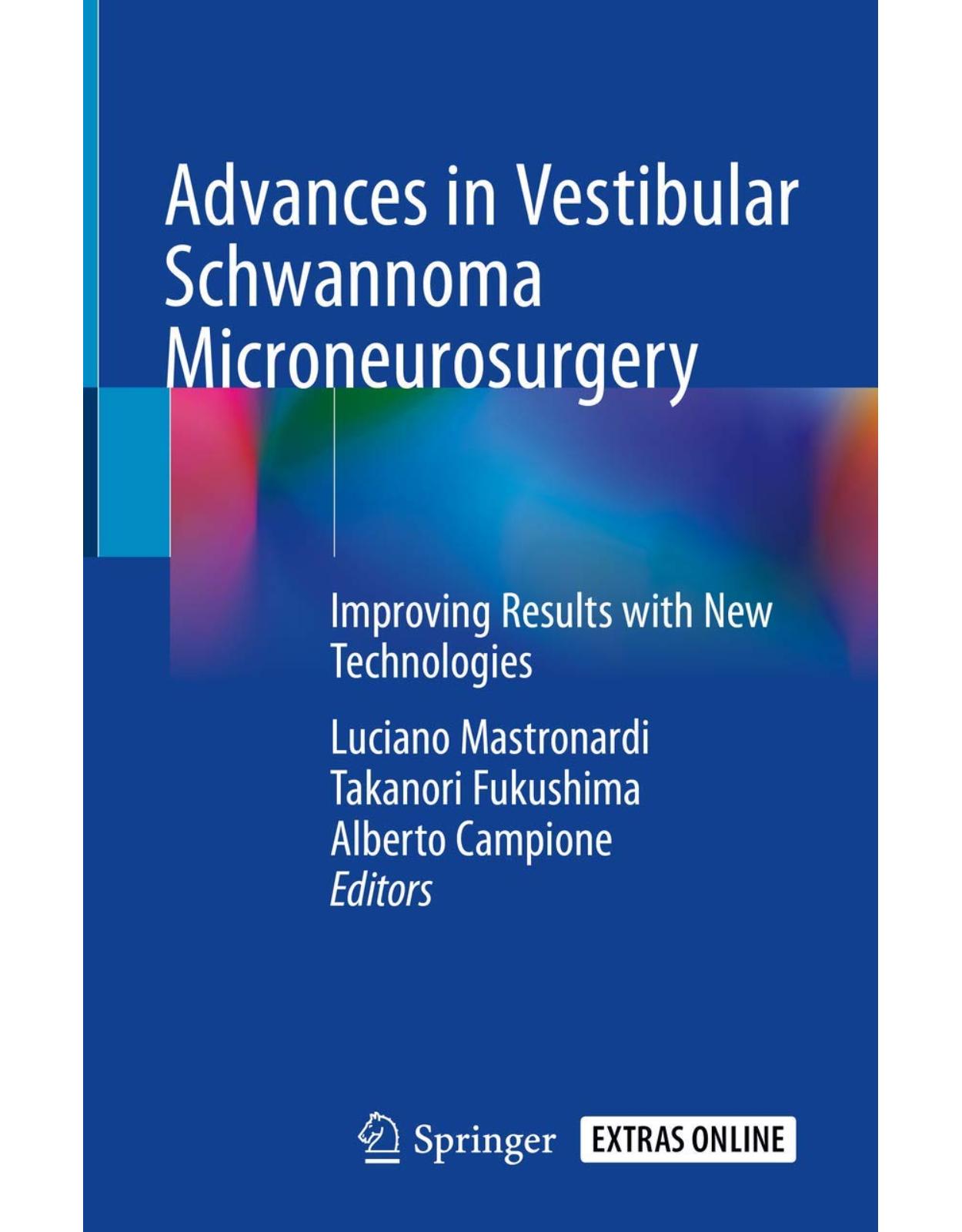
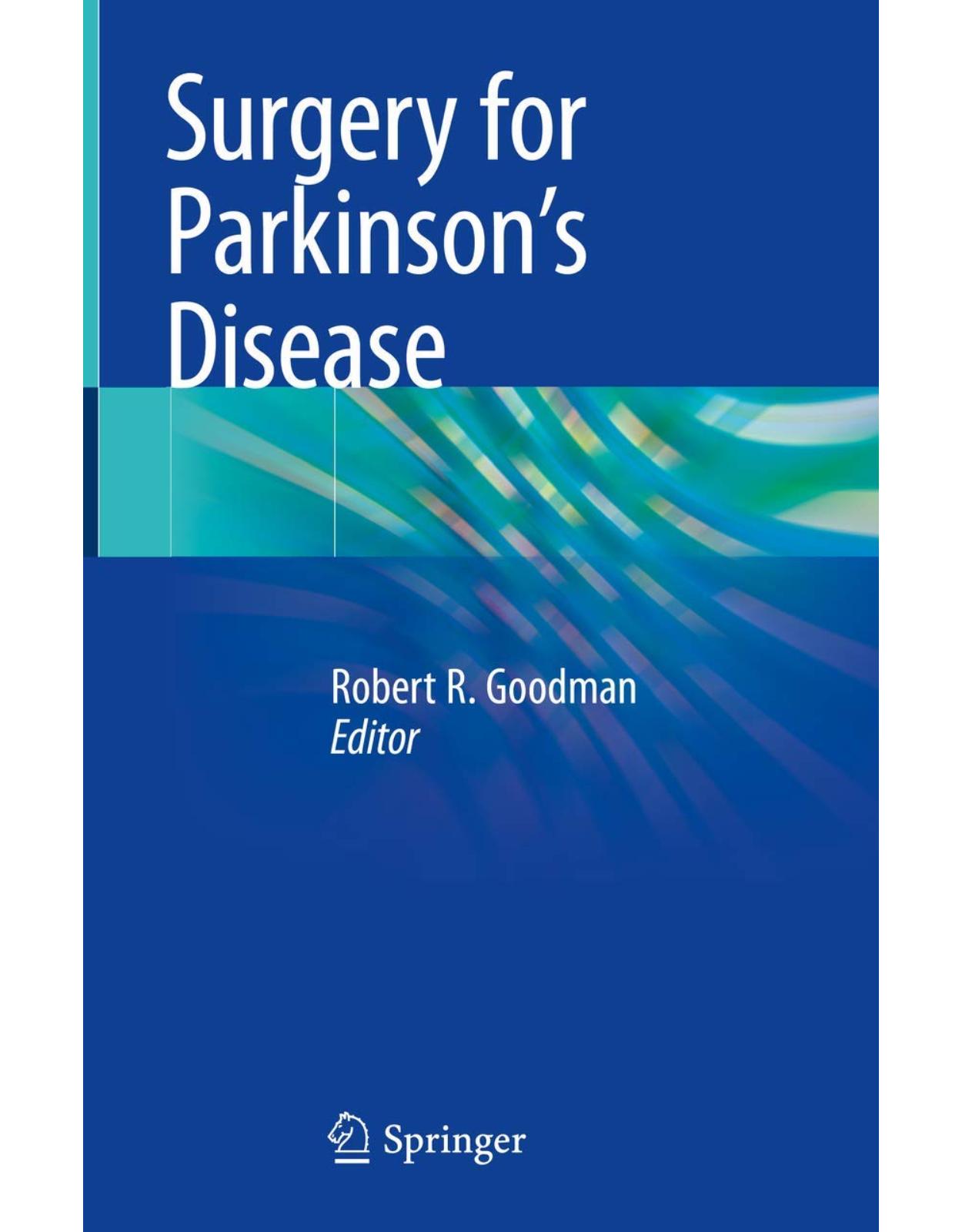
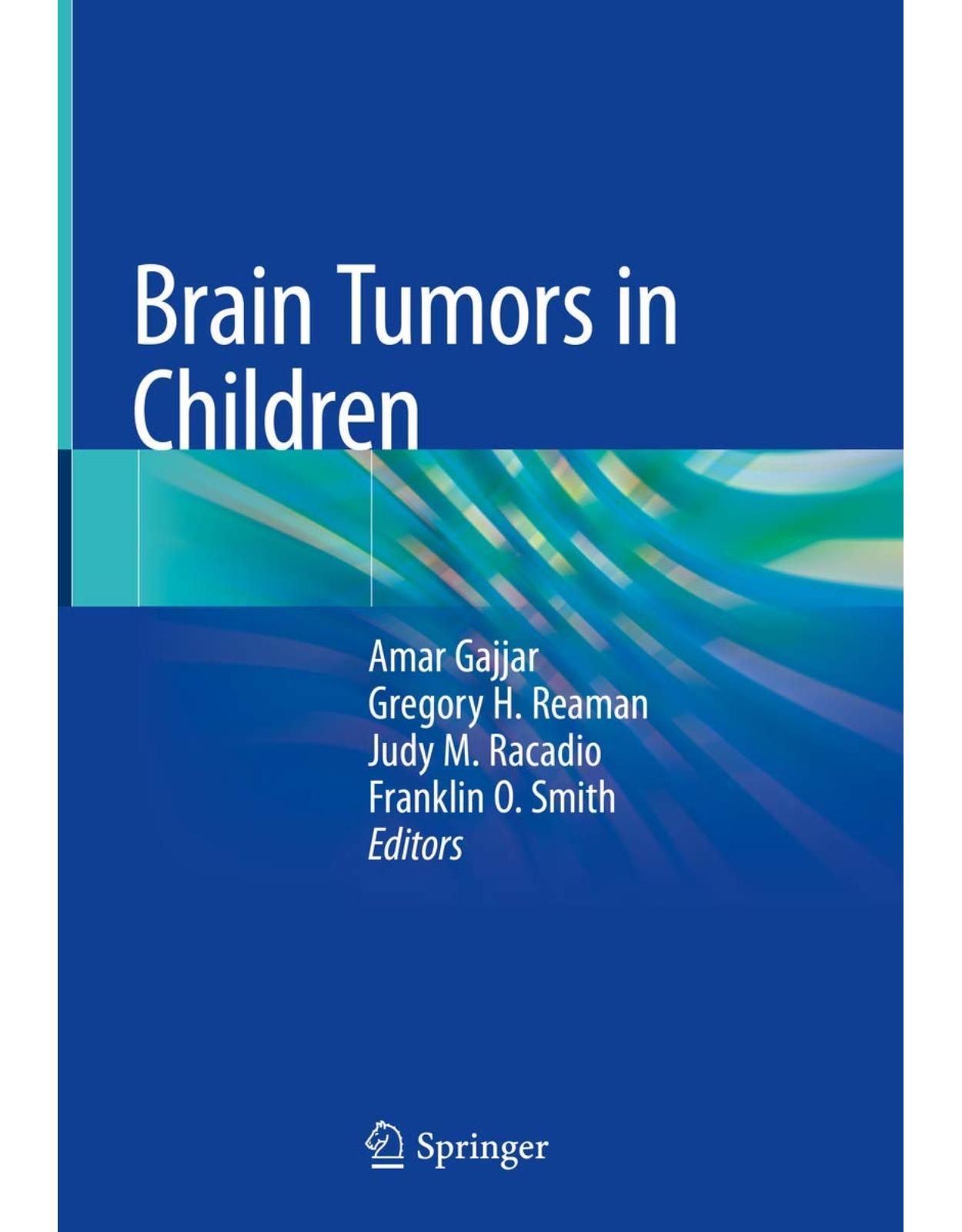
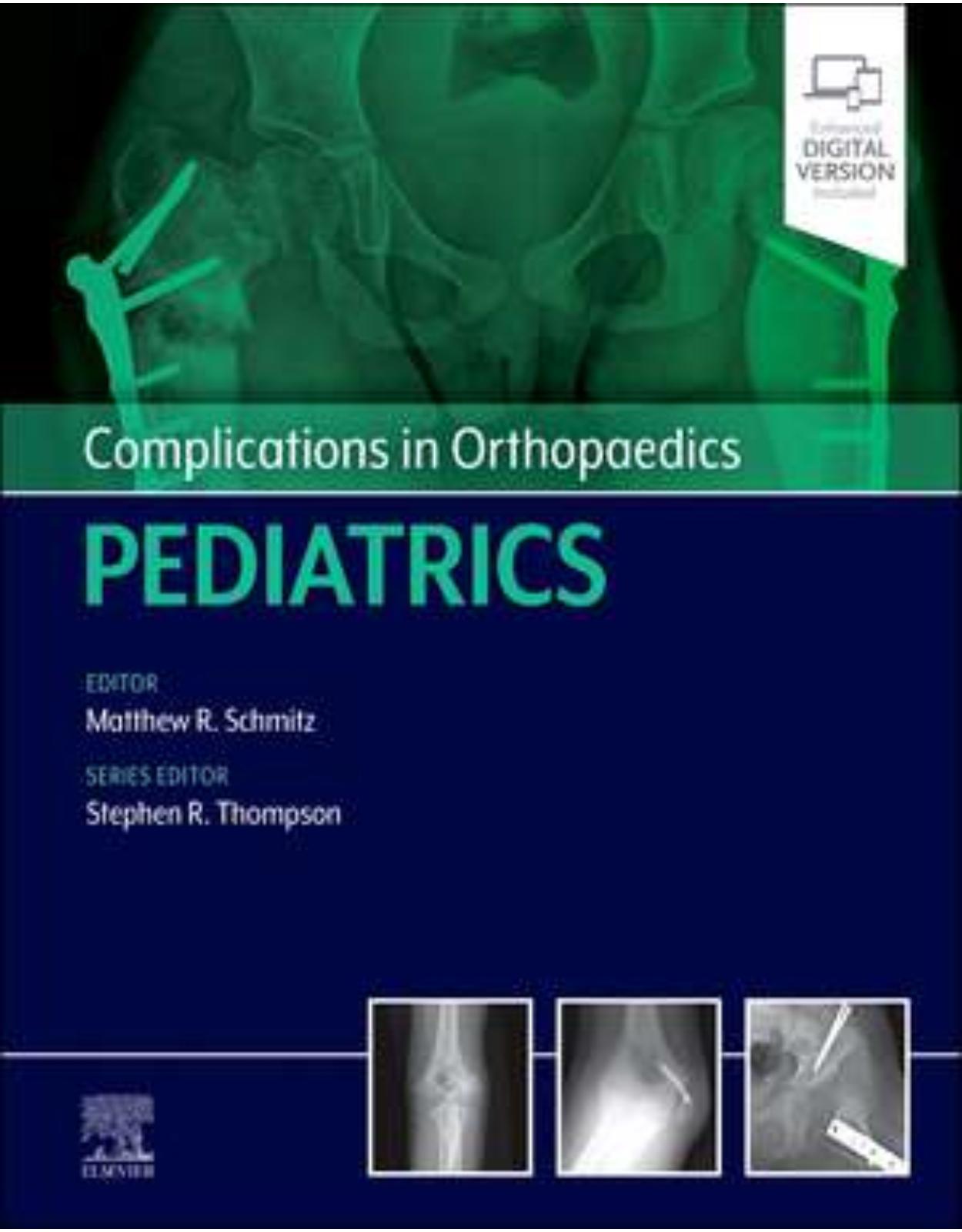
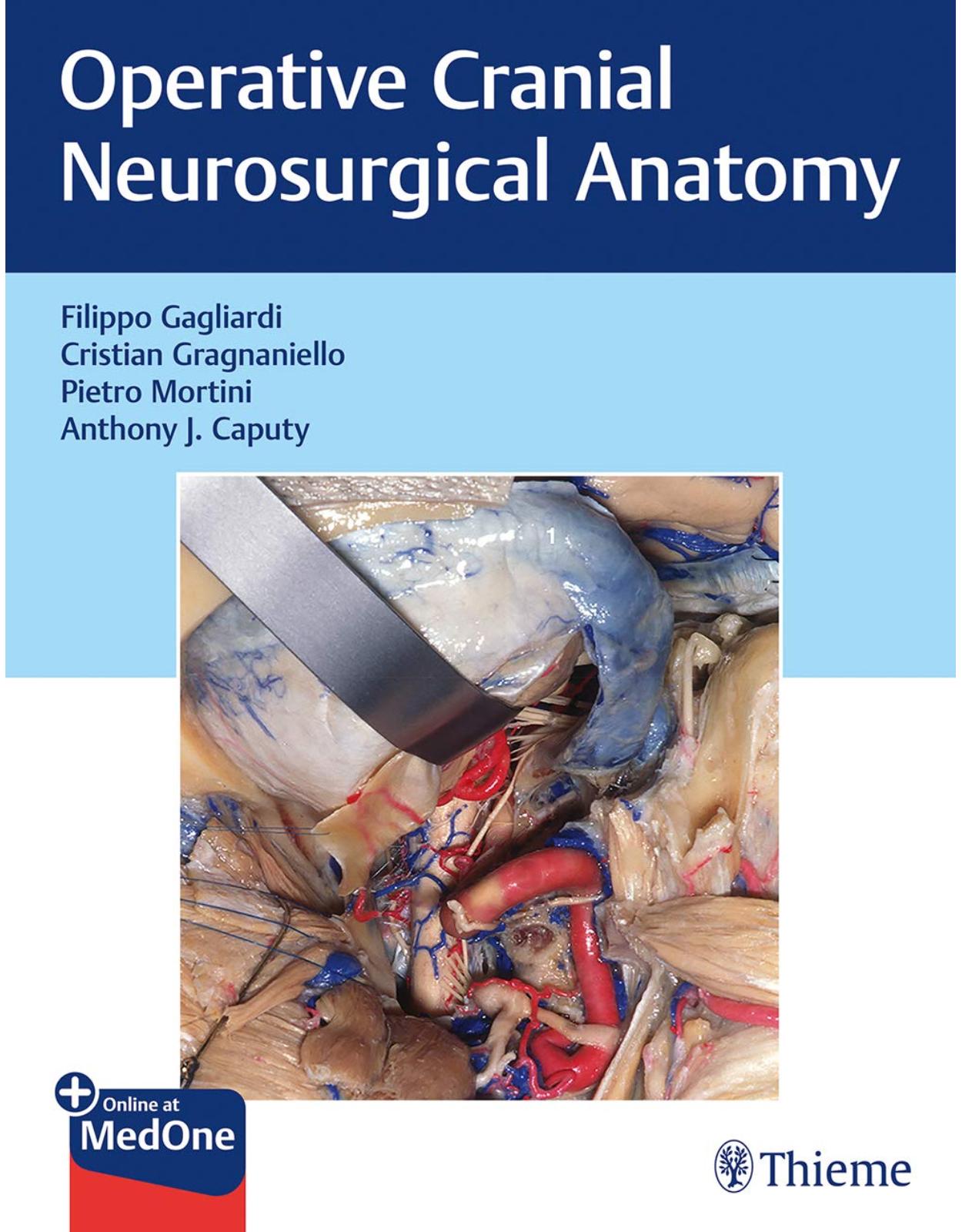
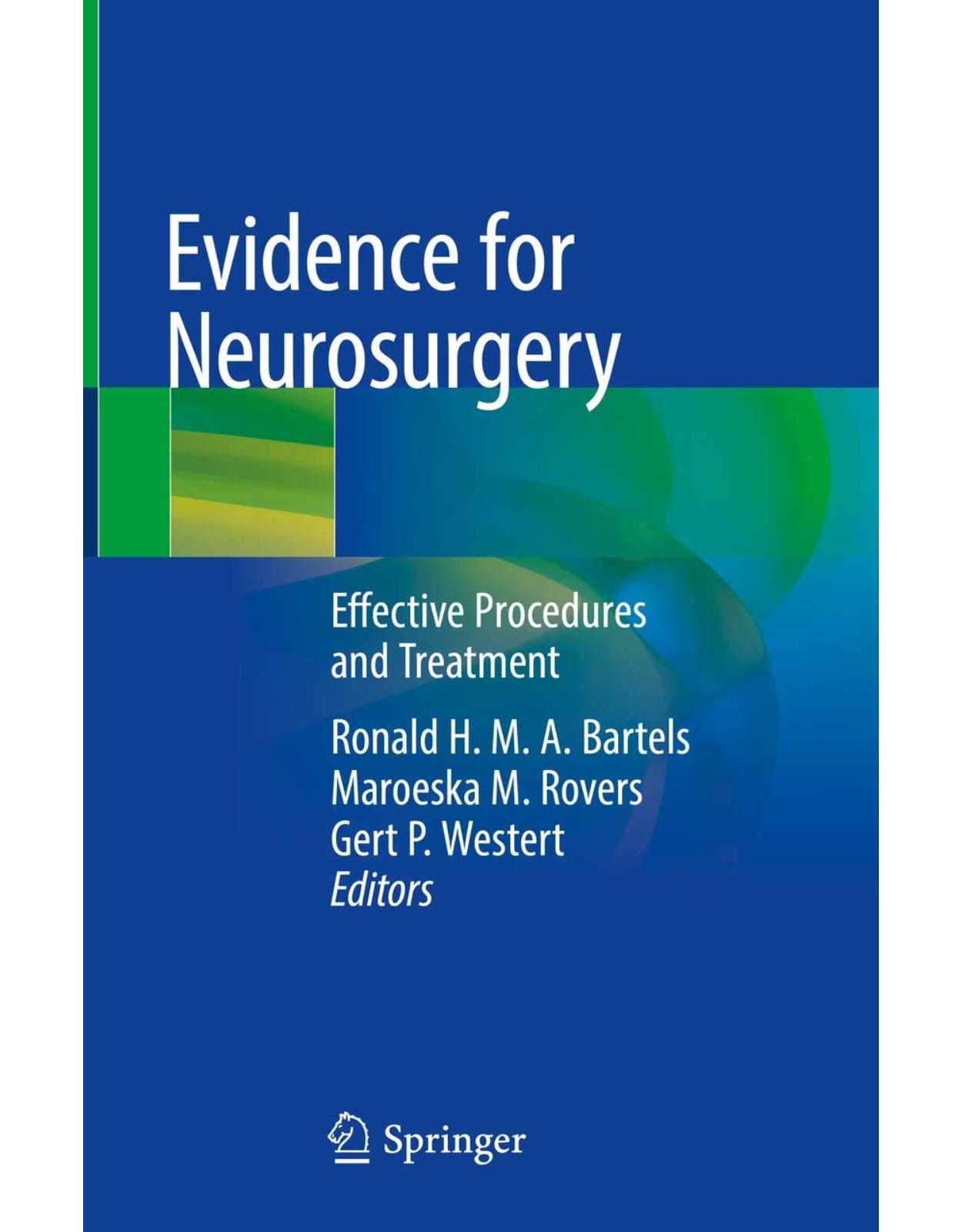
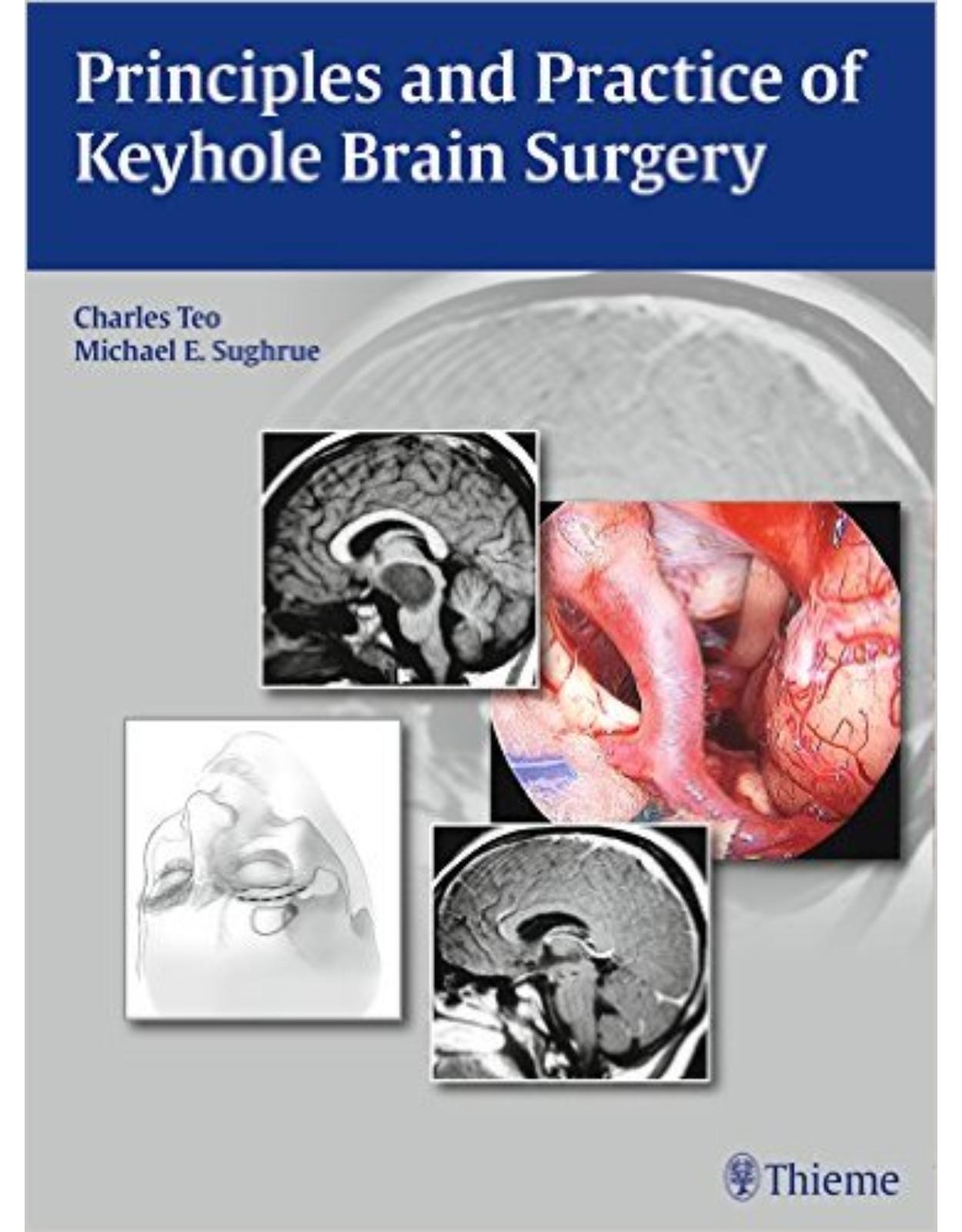
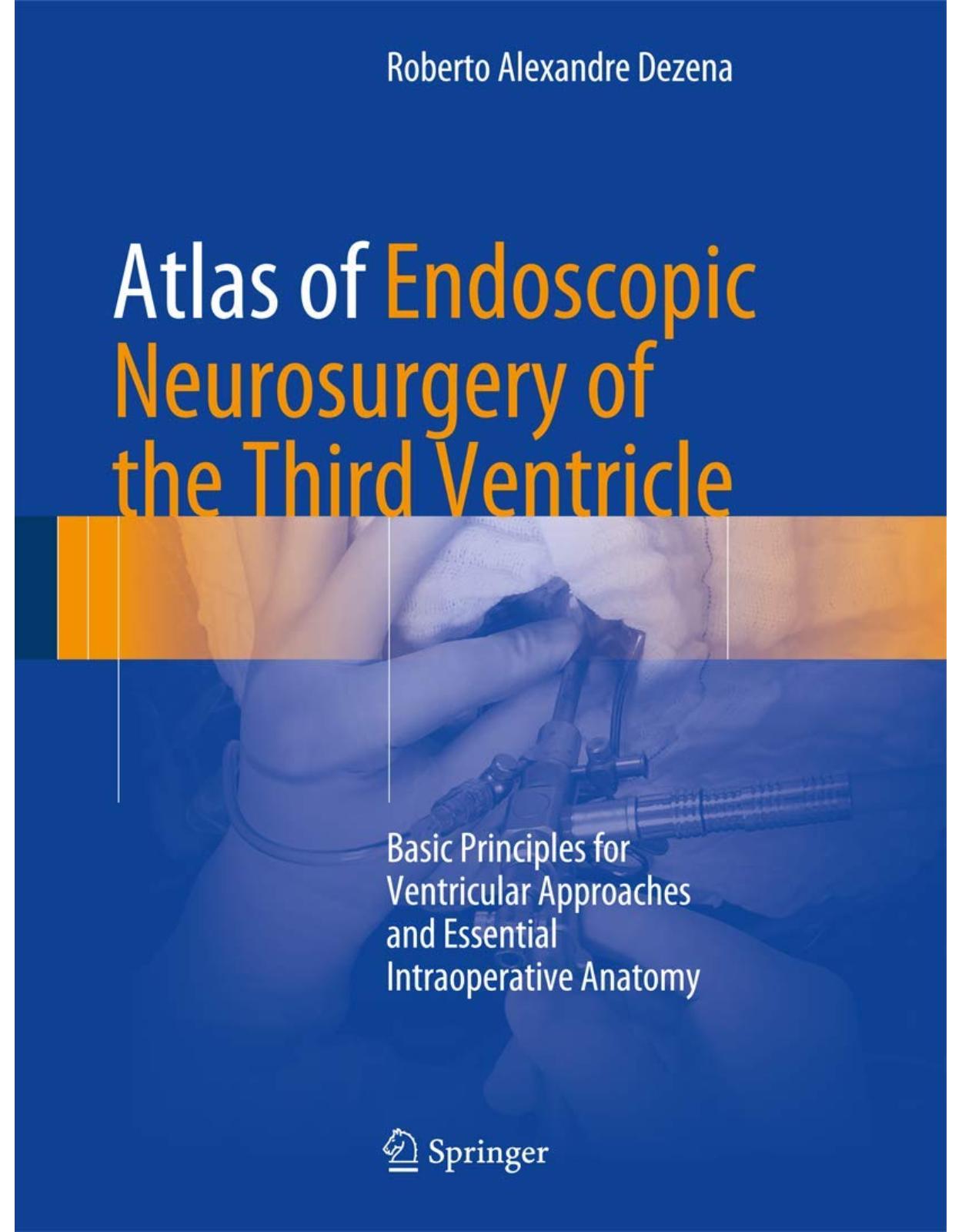
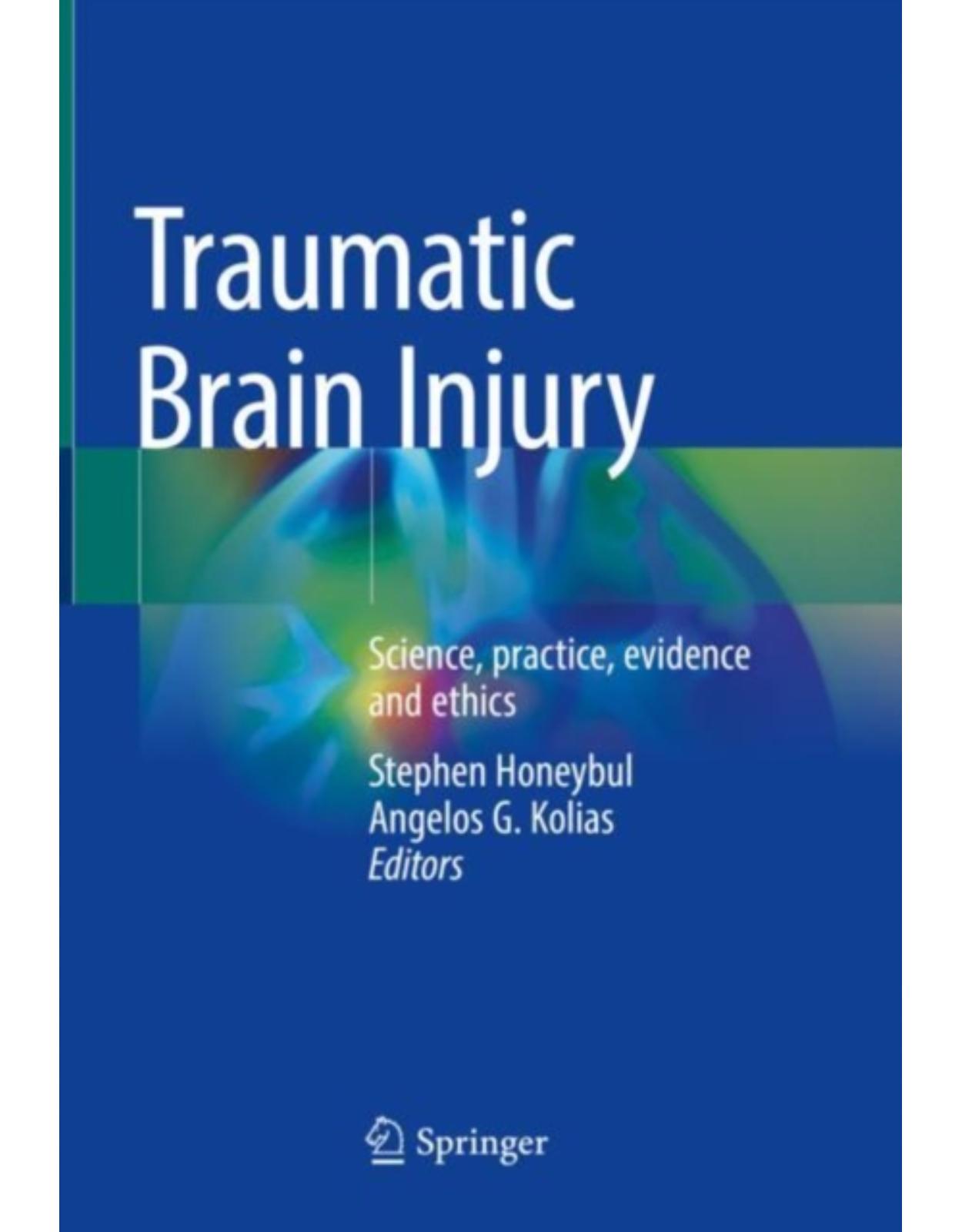
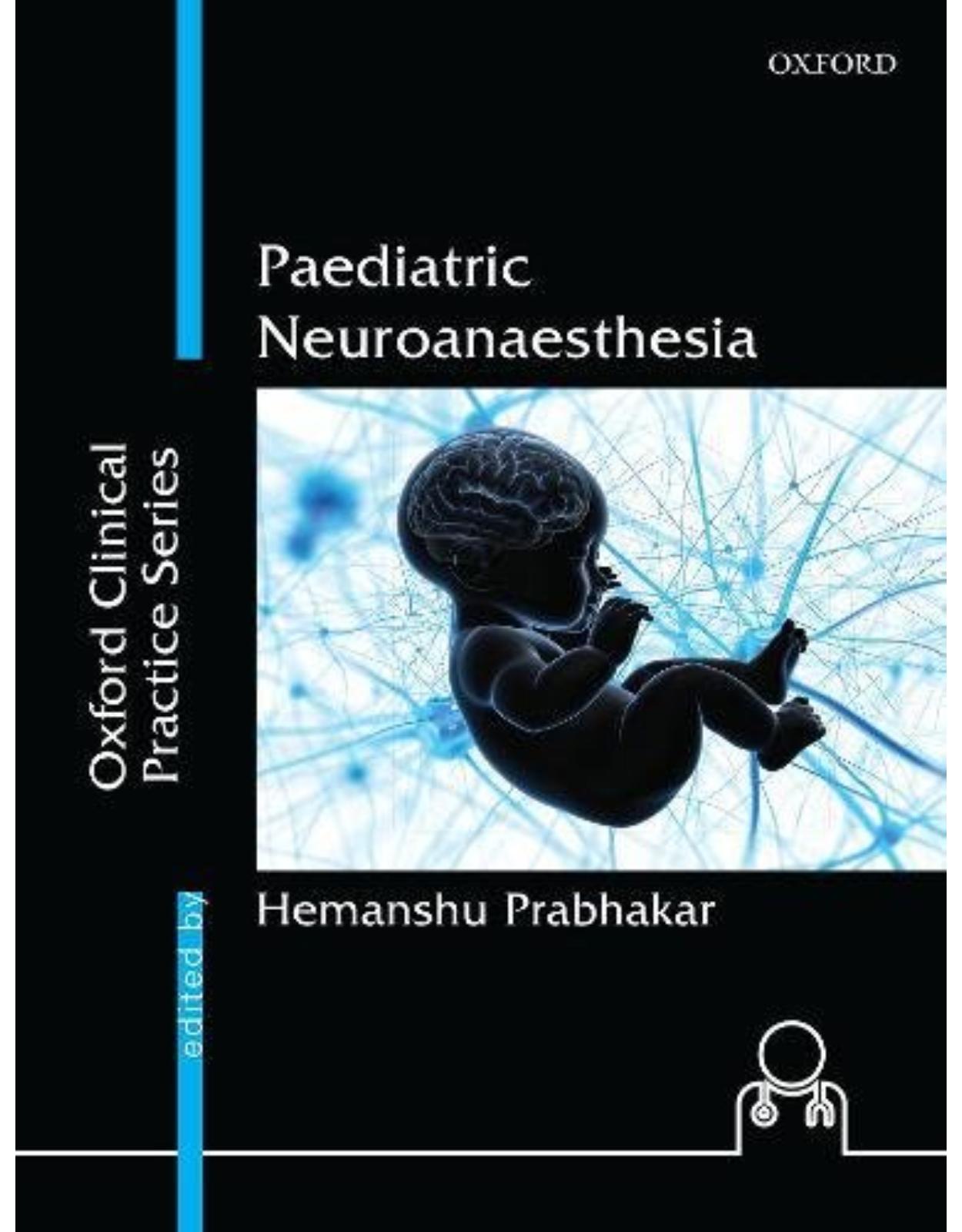
Clientii ebookshop.ro nu au adaugat inca opinii pentru acest produs. Fii primul care adauga o parere, folosind formularul de mai jos.